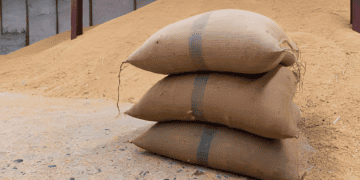Global wheat imports are projected to decrease in 2025 due to a combination of heightened domestic cereal production in key importing nations, economic slowdowns, and currency depreciations against the U.S. dollar. This trend is anticipated to exert downward pressure on wheat prices, even as global inventories approach a nine-year low.
China, the world’s leading wheat importer, is expected to reduce its wheat purchases by more than half in the first half of 2025 compared to the previous year. This reduction is attributed to a 2.6% increase in domestic wheat production, as reported by the U.S. Department of Agriculture (USDA). Consequently, the USDA forecasts a 37% decline in China’s wheat imports, bringing them to 8 million metric tons. Recent reports indicate that China has delayed or redirected approximately 600,000 metric tons of wheat imports, primarily from Australia, due to ample domestic supplies.
Indonesia, the second-largest global wheat importer, is also expected to see a slowdown in demand growth. A rebound in the country’s rice production, projected to reach 32.8 million tons in 2025, up from 30.62 million tons in 2024, is enabling food processors to substitute imported wheat with locally produced rice flour. Additionally, the depreciation of the Indonesian rupiah against the U.S. dollar has increased the cost of imports, further dampening wheat demand.
Egypt, ranking third among the world’s wheat importers, is facing economic challenges that are likely to reduce its wheat purchases. The nation’s economic growth has slowed, and the Egyptian pound has weakened significantly against the U.S. dollar, making imports more expensive. In late 2024, Egypt’s state grain buyer, Mostakbal Misr, procured 1.267 million tons of wheat, sufficient to meet domestic needs until June 2025, with an additional 250,000 tons purchased in January. This is a notable decrease from the 4 to 5 million tons typically purchased annually by the previous state buyer, the General Authority for Supply Commodities.
In the Middle East, Iraq announced in October 2024 that it would halt wheat imports for its subsidy program due to a surplus from a bumper domestic harvest. The country reported a 1.5-million-ton surplus, allowing it to rely on local production to meet its needs.
The strengthening of the U.S. dollar has compounded these challenges, as many emerging market currencies have depreciated, increasing the cost of wheat imports despite international prices reaching a four-year low in 2024. The Chinese yuan, Indonesian rupiah, and Egyptian pound have all weakened against the dollar, further elevating import costs.
Analysts suggest that the current geopolitical environment, characterized by trade tensions and conflicts, is prompting importing countries to boost domestic production to reduce reliance on global supply chains. Dennis Voznesenski, an analyst at Commonwealth Bank in Sydney, noted, “The volatile geopolitical environment we are currently experiencing, including real wars and trade wars, is prompting importing countries to ramp up domestic production to reduce their reliance on global supply chains.”
While global wheat stockpiles are tightening, with the USDA expecting inventories to drop to their lowest in nine years by the end of June 2025, the decrease in import demand from major buyers may help balance the market. However, this shift poses challenges for exporters like Australia, which recently harvested a near-record wheat crop and has been reliant on Chinese demand in recent years.
In summary, the combination of increased domestic production in key importing countries, economic slowdowns, and unfavorable currency exchange rates is leading to a decline in global wheat import demand. This development is expected to influence global wheat prices and trade dynamics in the coming year.
Catch the latest supply chain news at The Supply Chain Report. Learn more about international trade at ADAMftd.com with free tools.
#wheatimports2025 #globalwheatmarket #ChinaWheatDemand #IndonesiaRiceProduction #EgyptWheatImports #IraqAgriculture #USDollarImpact #currencyfluctuations #globaltradetrends #wheatexportchallenges #USDASupplyForecast #CommonwealthBankInsights

















